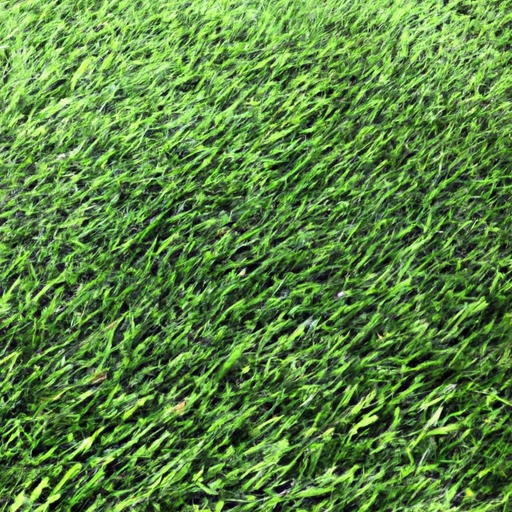
The Environmental Impact of Artificial Turf
Posted by on 2023-07-28
Artificial turf has become increasingly popular over the years, yet its environmental (impacts) cannot be negleted! The synthetic material used to construct the "turf" can contain a variety of harmful chemicals and toxins. These can seep into soil, air and water supplies, as well as potentially harm wildlife.
Moreover, it takes considerable energy to produce artificial turf. This means that large-scale production of the product can lead to increased emissions of greenhouse gases which contribute to global warming. Furthermore, the process also produces a great deal of waste materials from plastic packaging to rubber fillers for grass blades. Even when disposed of properly in landfills, these materials still have a negative effect on our environment (due to).
In addition, artificial turf absorbs less heat than natural grass does - meaning that nearby areas may become warmer as a result. This could disturb local ecosystems and affect plant life negatively! Also, we must consider proper maintenance practices for artificial turf such as power washing or vacuuming; both activities require an abundance of water and energy consumption which aren't always sustainable options.
Overall, while there are some advantages to using artificial turf – such as lower water usage than natural grass – we must be mindful of its potential environmental consequences before making any decisions about its usage. There is certainly much research still needed in this area so that we can make informed choices about how it affects our planet!